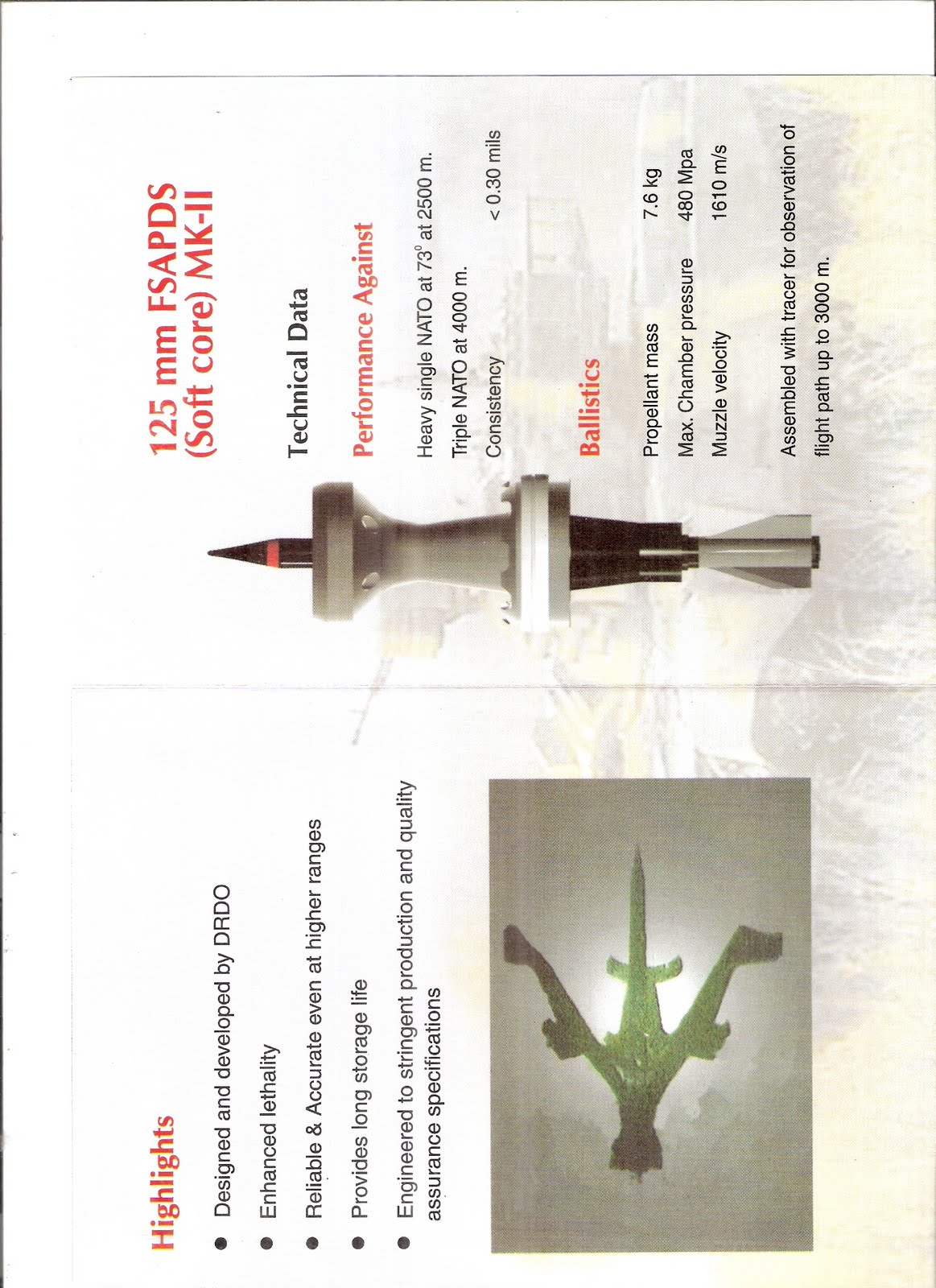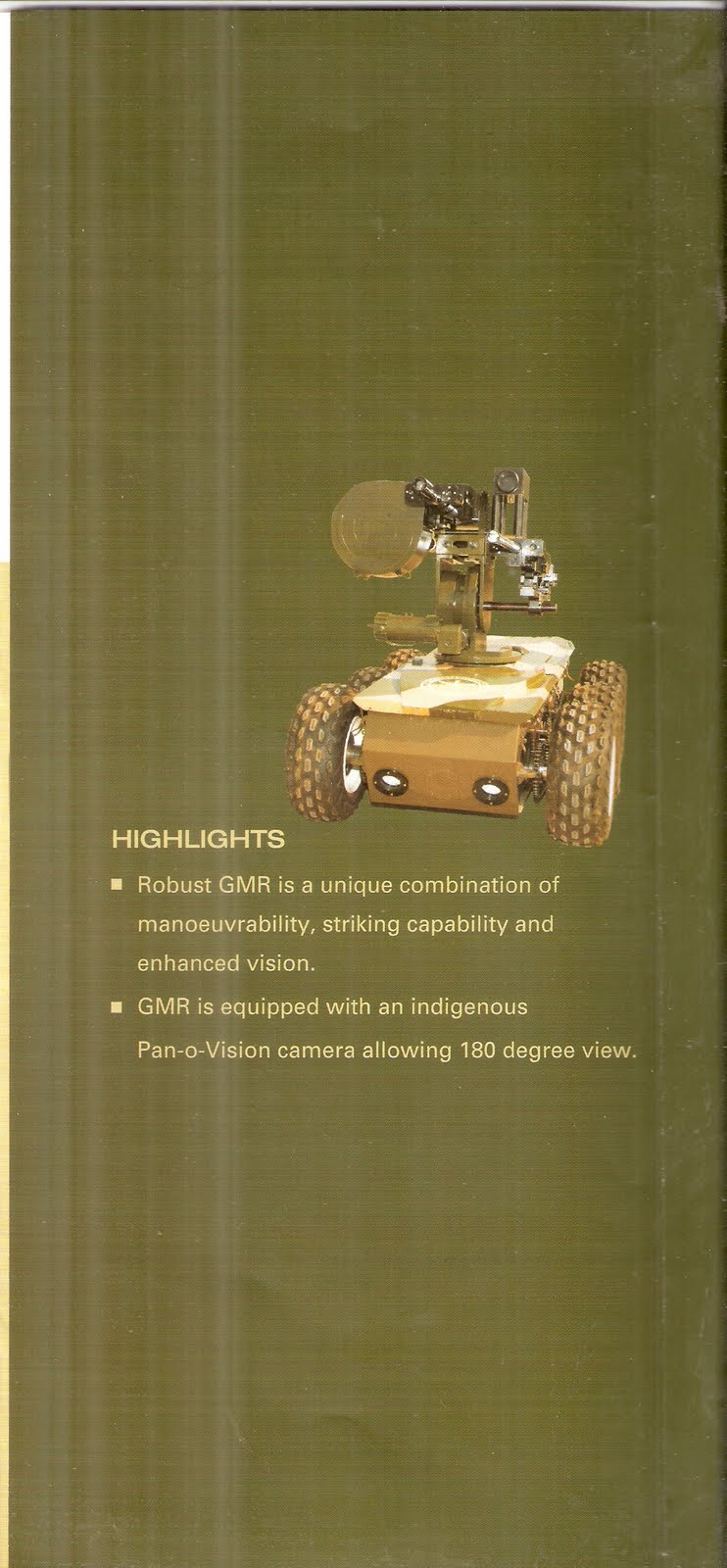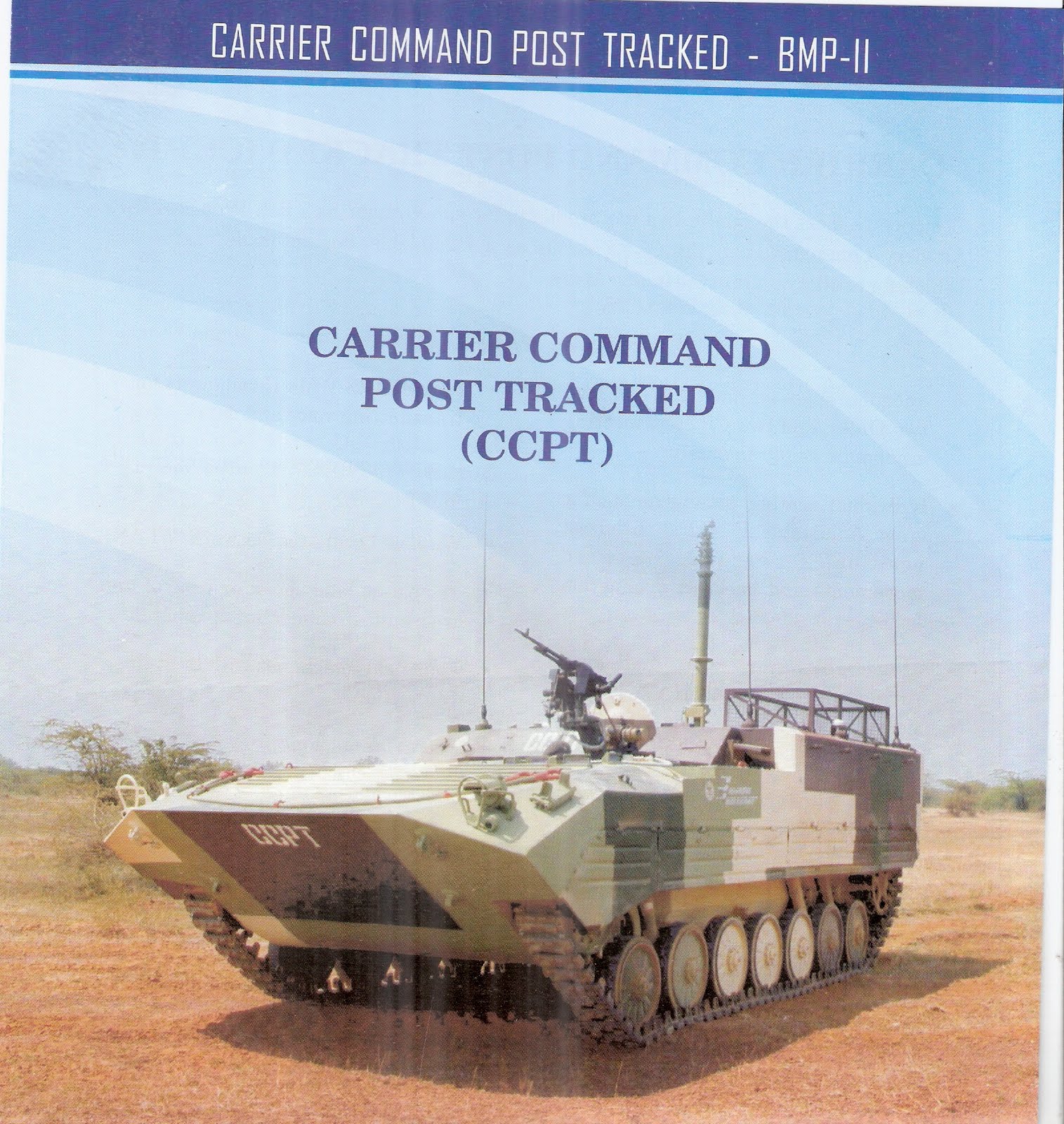Tag Archive | "Failed Indian missiles"
The Delhi Dud Report on Indian Defense: Arms that don't work
Posted on 31 July 2009. Tags: Failed Indian missiles, Indian Duds, The Delhi Dud Report on Indian Defense
--------------------------------------------------------------------------------
The Dud Report
[youtube=http://www.youtube.com/watch?v=tpHlhitxDkw]
The CAG Report
[youtube=http://www.youtube.com/watch?v=boFTyp2jJZA]
[youtube=http://www.youtube.com/watch?v=tX9QGCrkQKw]
Who is responsible for the duds in the Bharati Defense establishment
Part 1
[youtube=http://www.youtube.com/watch?v=DpDKNPbvAEY]
Part 2
[youtube=http://www.youtube.com/watch?v=75e5yautiK4]
Part 3
[youtube=http://www.youtube.com/watch?v=c6Bqc8IBM6k]
Part 4
[youtube=http://www.youtube.com/watch?v=KtPYHEPqERM]
All of Indi’a Rockets have failed. 1) Agni 2) Pirthivi 3) Akash 4) Trishul and 5) Nag 6) Agni consisting of surface to surface surface to air and anti-tank systems.
Prithvi: Failure: To date the only reliable delivery system inducted is the Pirthvi missile with a range of 300 kilometres. The subsequent versions of this missile are still undergoing tests. The pride of India the Agni missile tested last time landed 200 kilometres off target.
Akash: Failure: After several years of testing has been shelved for reasons best known to the Indians. Akash was meant as a substitute for Pechora. On the Akash missile, which was the subject of the DRDO media conference here on Tuesday, former air chief S. P. Tyagi said:“Akash was to be ready at a certain time, but it wasn’t. I had to change everything to make up for the delay.” Both missiles were part of a programme to develop indigenous weapons, which began in July 1983, with plans for Agni, Prithvi, Trishul, Akash and Nag missiles.
Trishul: Failure: Trishul is being replaced by Israeli Barak and Russian systems.
The IAF, for instance, has aging Pechora, Igla-1M and OSA-AK missile systems, and that, too, in woefully inadequate numbers.
While Trishul was to replace its OSA-AK weapons system, Akash was meant as a substitute for Pechora.
But both the Trishul and Akash air defence missile systems, which are part of the original Integrated Guided Missile Development Programme launched as far back as 1983, have been dogged by development snags in their “command guidance and integrated Ramjet rocket propulsion” systems.
Trishul, for instance, has been tested over 80 times so far without coming anywhere near becoming operational. It was, in fact, virtually given up for dead in 2003 after around Rs 300 crore was spent on it, before being revived yet again.
Trishul’s repeated failure, in fact, forced the Navy to go in for nine Israeli Barak anti-missile defence systems for its frontline warships, along with 200 Barak missiles, at a cost of Rs 1,510 crore during the 1999 Kargil conflict. The Navy is now inducting even more Barak systems due to Trishul’s continued failure.
Speaking of the Trishul surface-to-air missile that has now been termed a technology demonstrator, former naval chief Sushil Kumar said:“It was a national embarrassment. DRDO made fake claims for 25 years. In the 1999 Kargil conflict, the navy was vulnerable to attacks from Pakistan’s Harpoon.
“Finally the project was scrapped when the navy went in for the Israeli Barak missiles. The Prithvi’s naval variant, Dhanush, is also flawed and ill-conceived, which is being inflicted on the navy.”Indian missile system started back in the 50s on a five folder programme namely:
[youtube=http://www.youtube.com/watch?v=9zTnARCBi3c&feature=player_embedded]
Nag: Failure: The Nag proved to be as deadily as the Holy Cow.
Agni: Failure: The Agni-I (range 700 to 800 kilometers) and Agni-II were both products of India’s space program and connected to its Integrated Guided Missile Development Program (IGMDP), itself launched in 1983. Originally, their design used a satellite space-launching rocket (SLV-3) as the first stage, on top of which was mounted the very short-range (150 to 250 kilometers) liquid fuel-propelled Prithvi missile.
The Agni-III’s brand new design, in which both stages use solid propellants, was to enable it to carry a payload weighing up to 1.5 tons and deliver it to targets as far away as Beijing and Shanghai. At present, India lacks an effective nuclear deterrent vis-a-vis China, based on a delivery vehicle carrying a nuclear warhead. Agni-III was meant to fill the void.
The failure of the Agni III was in some ways more serious because it exposed the political limitations of India’s attempts, despite its ambitions, to pursue a military capability which is truly independent of the US’s strategic calculations.
The surface-to-surface ballistic missile, designed to have a range of 3,500 kilometers, took off in a “fairly smooth” manner at the designated hour. But “a series of mishaps” occurred in its later flight path.
The Agni-III was originally meant to be tested in 2003-04. However, the test was postponed owing to technological snags. After their rectification, said reports, the missile’s test flights were put off twice largely for “political reasons”, so as not to annoy the US.
Earlier this year, India decided to postpone the missile test out of fear that a test could hamper US Congressional ratification of the India-US nuclear cooperation deal. Publicly, the Indian defense minister cited “self-imposed restraint” to justify the postponement.
The Indian missile met a disaster as it could not attain the altitude where the first stage is over or the second is even ignited.
He disputed the Indian claim, saying that with the range of 3,500 km, the missile had to go above about 800-900 km while the second stage had to be ignited at 28 to 30 km.
‘If the missile fell from the height of 12 km, it establishes that either it’s motor rocket, the basics of the missile proved failure or the guidance and control system was faulty. In both the probabilities, Indian technology has been exposed in clumsy manners.’
‘It is interesting to watch that Indian missile programme that was initiated by French and US assistance and later New Delhi also borrowed Russian technical support has been facing tragedies from the beginning,’ the newspaper quoted him as saying















